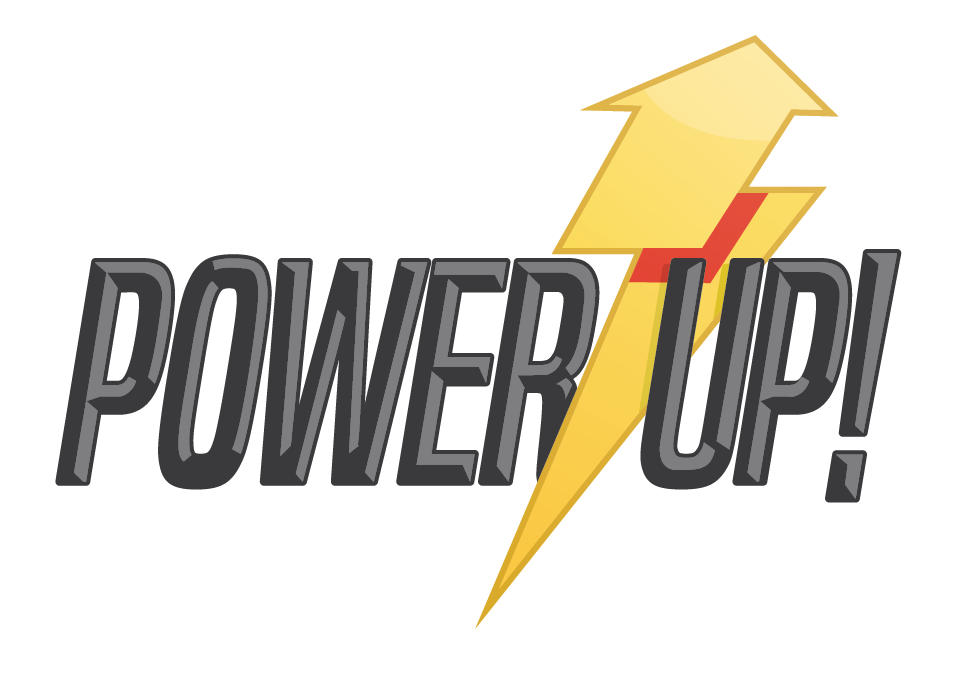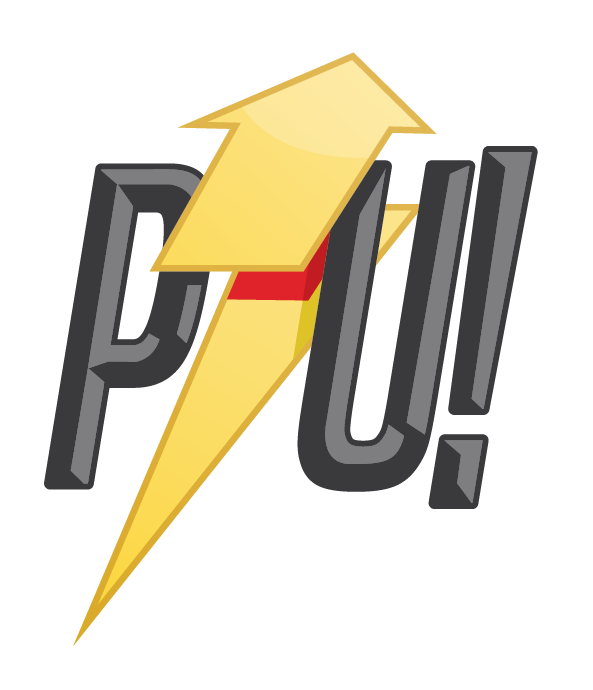The Google Pixel 9a is supposed to be the budget phone that punches above its weight, bringing Pixel’s signature AI smarts and camera wizardry to a price that doesn’t make your wallet sweat. And for the most part, it does exactly that. I loved the Google Pixel 9 last year and the 9a carries a lot of the same hardware and software that made that phone my phone of the year. But as with most things Google, there are some weird decisions that make it a little frustrating.
From the moment you pick up the Pixel 9a, you know you’re in the mid-range zone. It looks fine—nothing revolutionary. The matte composite back and satin metal frame feel comfortable, but they don’t scream “premium.” Compared to the Pixel 9 and Pixel 9 Pro, which have sleeker designs, this one feels functional rather than exciting. That’s not necessarily a bad thing.

But if you’re someone who enjoys a phone with a bit of visual flair, this might feel underwhelming. Thankfully, Google retains its penchant for bubbly pastels and you can get the 9a in Peony(Pink), Iris(Lavender), Porcelain(White) or Obsidian(Black) to make things interesting and you can get matching silicon cases. I did note that this time around, the case feels a slight step down in quality compared to the ones for the Pixel 9 and 9 Pros.
But possibly the biggest change is that Google got rid of the iconic camera visor and went for a much more, subdued camera module that sits fairly flush with the body. I really can’t quite decide if I hate it or love it. It makes the Pixel 9a harder to immediately identify as a Pixel phone. Actually, give me back the visor please. But, there’s no denying its a very comfortable phone to hold in the hand. It’s perfectly balanced and one-handed use is a breeze.



The display, however, is surprisingly good. The 6.3-inch Actua panel has rich colors, deep contrast, and an adaptive refresh rate from 60Hz to 120Hz, making scrolling feel smooth. It also gets surprisingly bright at 2700 nits. That’s flagship level right there. But unfortunately, Google stuck with Gorilla Glass 3, which is ancient by smartphone standards.
That means this screen is more prone to chips and scratches than others in its class; a fact I learned the hard way. Within two weeks, I somehow got a noticeable chip in the bottom left corner of the screen and I have no idea how that happened. In contrast, I’ve dropped, banged and knocked my iPhone 16 Pro Max tons of times over the last 8 months and I haven’t got the slightest of scratches on it. So, something to keep in mind; a screen protector is mandatory.

Under the hood, the Tensor G4 processor isn’t setting benchmark records, but we already know that. In reality though, it’s fast enough for most people and most things. Combined with Googles excellent software, the 9a is buttery smooth all the time. Apps open quickly, multitasking is smooth and it’s only the 8GB of memory that will make you heavy users struggle.
But for most things, I couldn’t even tell the difference while using the phone in every day tasks like messaging, doom scrolling, multitasking, and app navigation. But if you’re thinking about gaming or something more performance-heavy, this isn’t the phone for you. The chip just doesn’t have the muscle to keep up with long hours of intense gameplay.
Google has built the Pixel 9a around its AI-driven ecosystem, packing in features designed to make everyday interactions smoother, more intuitive, and, in theory, more useful. The phone runs Android 15 out of the box, with seven years of updates, ensuring long-term security and feature improvements. But while the AI-powered tools are undeniably clever, they don’t necessarily transform the way you use the phone in a meaningful way.


Take Gemini Live, for example. It’s Google’s latest AI assistant, capable of real-time voice interactions, contextual awareness, and even summarizing conversations. It’s fast, responsive, and undeniably futuristic. But in practice, it’s just another voice assistant—helpful for setting reminders or answering quick questions, but not something that fundamentally changes how you navigate your phone. I’m not sure but there’s a powerful uncanny valley effect about having a conversation with Gemini and its preset voices.
Then there’s Circle to Search, which lets you circle anything on your screen to instantly look it up. It’s a neat trick, and it works well, but it’s not something you’ll use constantly unless you’re the type of person who frequently needs instant information about random objects or text snippets. It’s more of a convenience than a necessity.
However, Google’s Call Assist features, including Hold for Me, Direct My Call, and Call Screen, remain some of the most genuinely useful AI tools. They help filter spam calls, navigate customer service menus, and even wait on hold for you. These are practical, everyday conveniences that actually improve the phone experience. But beyond these, many of the AI-driven features feel more like enhancements rather than essential tools.

The AI-powered camera tools are where Google’s software really shines, but even here, the impact varies. Best Take lets you swap facial expressions in group photos to ensure everyone looks their best, and Add Me allows you to merge two photos so the person taking the picture can be included. These are undeniably cool, but they’re situational—great when you need them, but not something that changes your daily photography habits.
Magic Editor is another standout feature, allowing you to move, resize, and even change backgrounds in photos. It’s impressive, but unless you’re someone who edits photos frequently, it’s more of a novelty than a necessity. Similarly, Audio Magic Eraser, which removes unwanted background noise from videos, is useful in specific scenarios but not something that fundamentally alters how you record or share content.
Ultimately, the Pixel 9a’s software is polished, intuitive, and packed with AI-driven features that make interactions smoother. But while they’re impressive on paper, many of them don’t fundamentally change how you use the phone. They’re nice to have, but not must-haves. The best part though is Google support of the software. You get Android 15 out of the box, with seven years of updates, meaning this phone will stay relevant way longer than most competitors in its price bracket.

Hell, even as I write this, I am previewing Android 16 beta. No waiting for years like Samsung’s Galaxy phones; here you get the latest and greatest Android immediately it drops. That’s huge if you want a phone that won’t feel outdated in just two or three years. Plus, Google’s Pixel-exclusive features keep things fresh, making even mid-range models feel smarter than their hardware might suggest.
When it comes to photography, the Pixel 9a holds its own at first glance. If there’s one thing Google always nails, it’s photography. The 48MP main sensor, equipped with optical image stabilization, delivers crisp, well-balanced shots, while the 13MP ultra-wide lens gives a 120-degree field of view that’s great for capturing expansive landscapes.
In daylight, images are sharp with accurate exposure and vibrant colors, thanks to Google’s AI processing. Night Sight is as impressive as ever, making low-light shots bright and detailed. That said, when the lighting is really poor, some of that magic fades, and reviewers have noted occasional noise inconsistencies. Even looking at the photos on a bigger screen, zooming into 100% you start to notice how quickly the photos are falling apart in details, especially in darker areas.
Likewise, Portrait mode handles depth estimation well, but you might notice minor artifacts, especially in more complex backgrounds. Now, this was never meant to be a competitor to the S25 Ultra’s or iPhone 16 Pro’s of this world but clearly, Google’s lead on computational photography has shrunk significantly and the physical hardware just can’t keep up. If all you care about pictures for Facebook and sharing on messages, this will do wonderfully.
Video recording is solid, offering 4K at 60fps on the main camera and 4K at 30fps on the ultra-wide and selfie camera. Stabilization keeps things smooth, at least on the primary sensor, though the ultra-wide lens struggles when motion is involved. Dynamic range can be inconsistent, with slight exposure shifts between consecutive shots.
And while the AI-powered Super Res Zoom does its best to compensate for the lack of a telephoto lens, digital zoom past 3x starts to reveal noticeable degradation in detail. I found myself really wishing for a 5x optical lens like the Galaxy S25 Ultra. The ultra-wide camera also has a fixed focus, limiting its sharpness, particularly in close-up shots.
Battery life is decent, thanks to the 5,100mAh capacity, but don’t expect miraculous longevity. The Pixel 9a doesn’t last much longer than the Pixel 9 or 9 Pro, despite having a bigger battery. Something about Google’s optimization just isn’t clicking here. You’ll get through a full day of average use, but if you push it with high brightness or gaming, you’ll be hunting for a charger by evening. To be fair, with my usage, working from home and the phone connected to WiFI, I was getting about a day and half of battery which is nothing to balk at.

The problem though is charging—only 23W wired and 7.5W wireless. That’s it. Not exactly fast-charging territory, especially when other mid-range phones from Huawei and OnePlus are flexing higher wattage and shorter charge times. If you’re used to plugging in for just a few minutes and getting hours of extra juice, this will feel slow.
Verdict
So, what’s the takeaway? The Pixel 9a is one of the best mid-range phones available today, offering a flagship-like experience at a budget-friendly price. Its cameras, clean software, and smart AI features make it an easy recommendation for most people. But there are clear compromises, especially in design, battery efficiency, charging speeds, and the choice of Gorilla Glass. If you’re looking for a mid-range Pixel that nails the essentials, this is probably your best bet.
And then there’s the mounting competition. As I write this I am using the new CMF Phone 2 Pro by Nothing that costs just $499 and it matches the Pixel 9a in almost everyway. Then there are other options from the likes of Oppo, Huawei and Motorolla that offer even better hardware than Googles. Last year, I easily recommended the Pixel 8a but this year, it’s not as easy. I would probably tell you to spend that money on the excellent Pixel 8 Pro from last year instead.
Google Australia kindly provided the Pixel 9a to PowerUp for the purpose of this review























































































